Zero-turn mowers are modern lawnmowers that have a turning radius of zero inches. A zero-turn mower can easily take a smooth turn, even on a small coin. The reason behind the popularity of the zero-turn mower is its speed and weatherliness.
Different brands achieve this zero-turn radius in different ways, but the most common method used by these machines are hydraulic control of each drive wheel. Top zero turn mowers are available in different models with different engine options, fuel options, and horsepower. The cost of a zero-turn mower is similar to a conventional mower, but it is much faster and smoother.
There are three major types of a zero-turn mower, a riding mower, a walk-behind mower, and a stand-on mower. Zero-turn mowers are generally incorporated with four wheels; two swiveling wheels are in front, while two larger drive wheels are located on the back. A zero-turn mower is operated using a set of levers that control each wheel of the mower.
These arms are a significant part of the mower as there are no steering wheels in zero-turn mowers. These arms act as steering and are responsible for increasing speed and slowing down the mower by applying brakes.
Is Zero Turn Mower Better Than A Conventional Lawnmower?
The zero-turn mower has been a top choice of many landscape contractors for years because of its remarkable ability to create a perfect-looking lawn in very little time. The best feature which differentiates zero turn mowers from traditional lawnmower is their ability to turn 180 degrees at the end of a mowing row.
If you use a normal mower, then you must be aware that it leaves uncut grass at the end of each mowing row, and you must drive over again and again on uncut areas. This overall increases the time of mowing, but by using a zero-turn mower, you can easily achieve the perfect lawn in an extremely efficient way.
Another great feature that separates a zero-turn mower from a traditional mower is that it provides great maneuverability. You can easily mow around trees, flowers, and other obstacles in your garden using zero turn mower; mowing around these objects is quite difficult using a conventional mower.
The high speed of a ZTR mower also allows you to mow your complete garden in one single pass, and you do not have to take multiple passes as in a conventional mower.
There is always an option to add multiple attachments to a zero-turn mower. These attachments add versatility to the mowers. You can easily perform multiple tasks using these mowers, such as clearing snow, transporting materials, etc. One of the most popular ZTM attachments is a bagging system that can efficiently collect grass clippings.
The two-arm steering system tends to scare you at once, but after few rounds in your yards, you will surely be comfortable. Steering a zero-turn mower is as simple as steering a shopping cart. You need to remember that you always apply the same pressure on both levers to move straight while driving a lawnmower.
What Are Some Drawbacks of a Zero-Turn Mower?
The major drawback associated with a zero-turn mower is that it is recommended to be operated in areas with a slope greater than 10 degrees. This is because zero turn mower using tracking of the rear wheel to stop.
But in areas with slope, the mower can slide or skid as there is no power supplied to the front wheels of the mower. Zero-turn mowers are also not recommended to be used in wet landscapes as there are chances of skidding.
Cost of Zero Turn Mower
The cost of zero-turn mowers is slightly more than lawn tractors. Two hydrostatic transmissions are responsible for the additional cost of these mowers, while conventional lawn tractors consist of only one hydrostatic transmission.
Zero-turn mowers have stronger engines, larger decks, and a strong frame than a traditional mower. The cost of a zero-turn mower ranges between 1000 dollars to 5000 dollars.
It cannot be denied that they cost more than traditional mowers, but if we talk in the long-term, zero-turn mowers will surely save you a lot of money as well as time.
They have a high speed which significantly reduces the mowing time, and at the same time, fewer repairs are needed on belts and pulleys. This increases the machine life.

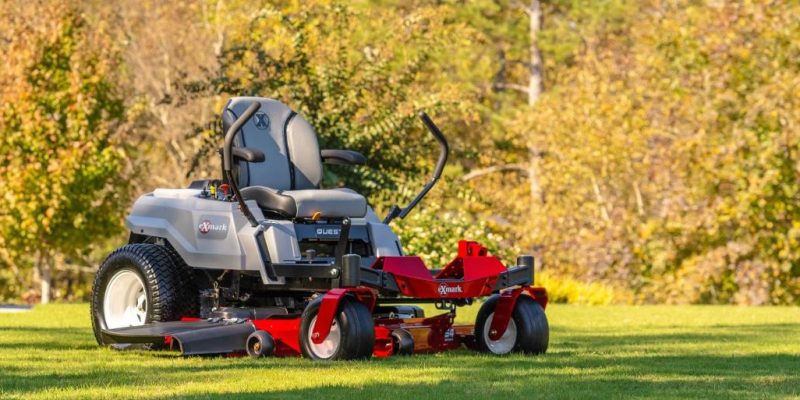
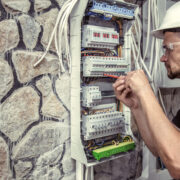



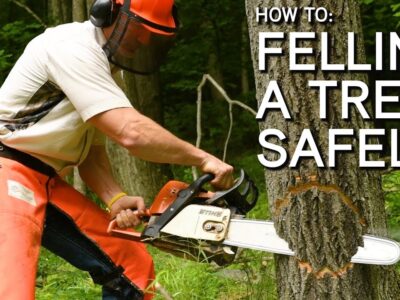
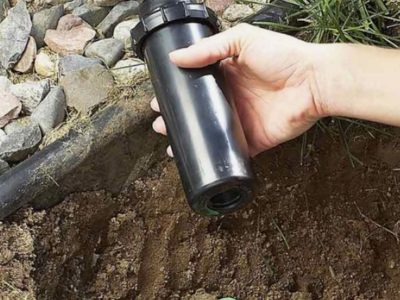
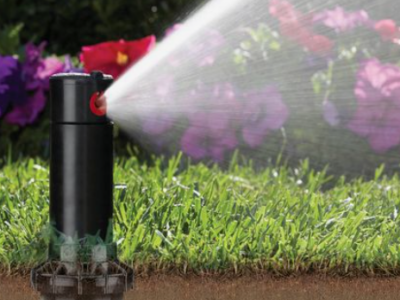
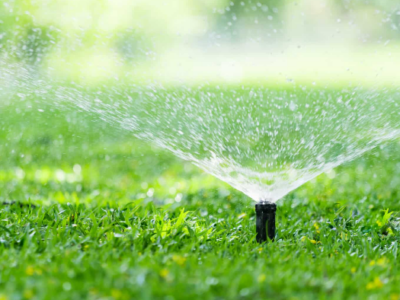

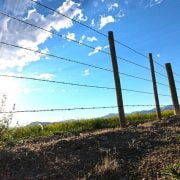


Comments